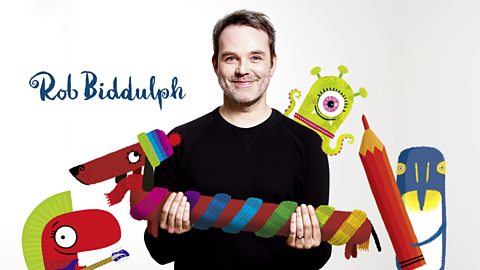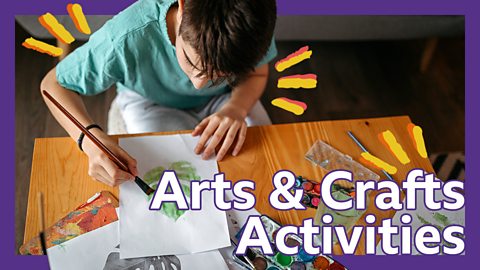Comic books are a really great way to boost your child's imagination and have fun at the same time.
If your child is enjoying comics at the moment, maybe it's time for them to try making their own.
On this page, which was put together in partnership with , you will find loads of great tips and advice to share with your child, so they can put together their first comic book!

Instructions to share with your child

Let's get started
Step one
Creating and drawing a character is one of the most important parts of comic book creation. This can feel a bit daunting at first, especially if you don't have much experience in drawing already.
One of the best ways to improve your skills and boost your confidence is to start by copying some of your favourite characters.
Check out the two tutorials below, which show you how to draw Dennis and Gnasher.
How to draw Dennis
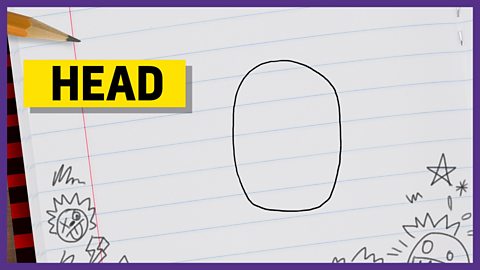
Image caption, First start off with the head, which shouldn't always be a perfect circle.
1 of 7
How to draw Gnasher
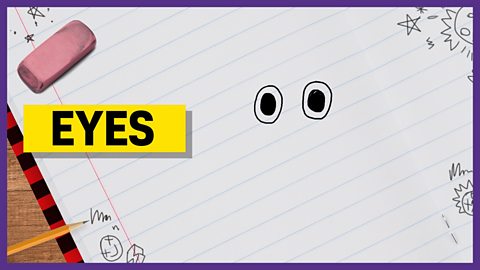
Image caption, Drawing Gnasher starts with two big eyes in the middle of the page.
1 of 7

Step two
Now that you've practised drawing, you're ready to start putting your own comic book together.
The next thing is think about is the story. Here are some things you might want to think about
- What do you want to happen in your comic book?
- Who is it about?
- Where is it taking place?
- Is it a comedy or an action story?
If you're struggling with inspiration, think about something fun or adventurous that you might be planning. Maybe you're going to the park, having a picnic, or meeting a friend or family member. All of these make a great basis for a story.
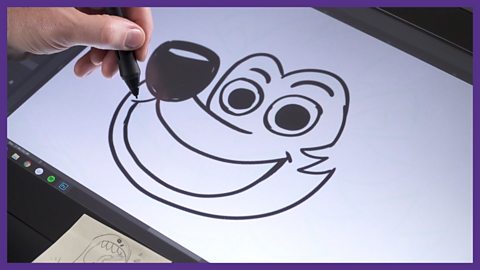

Step three
Once you have an idea for your story, think about what images will best help to tell it.
You could try writing a very simple script, planning out what each image will look like and what words it will have around it. Each image will go in a panel, which is like an empty square on a page.
For example
- Panel 1: An octopus is walking down the road.
- Panel 2: The octopus crashes into a lamppost. He says "Aaarrggh!"
- Panel 3: The lamppost starts to lean over. The octopus looks worried.
Doing this planning will help you tell the story. Remember that every panel should move the story along ÔÇô you donÔÇÖt want to have the same image over and over again!
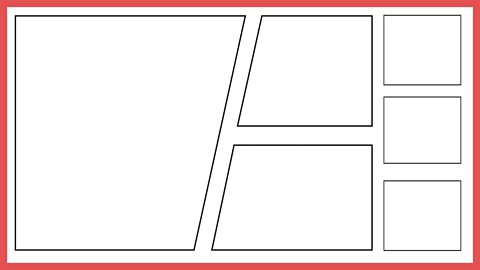

Step four - Time to put it together!
Using one of our , or creating your own, it's time to start piecing your comic book together.
If you're drawing your own frames, you can use the images above as inspiration. Feel free to get creative with the layout - all the squares don't have to be the same size.
Now it's time to bring together all of your planning, drawing practise and creativity to create an awesome comic book!

More from ┤¾¤¾┤½├¢ Bitesize Parents' ToolkitÔǪ
Parents' Toolkit
Fun activities, real-life stories, wellbeing support and loads of helpful advice - we're here for you and your child.

Filmmaking at home - how your child can learn the basics
How parents can help their little ones get started with filming and editing their own films at home.
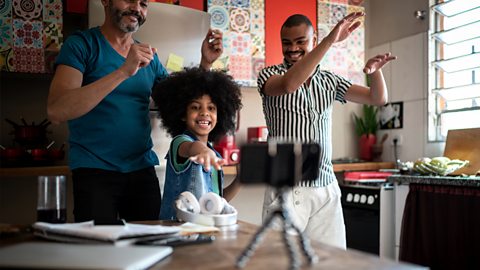
Seven skills a teenager can learn in one month
If your teen wants to shake up their free time, here are seven skills they can try.
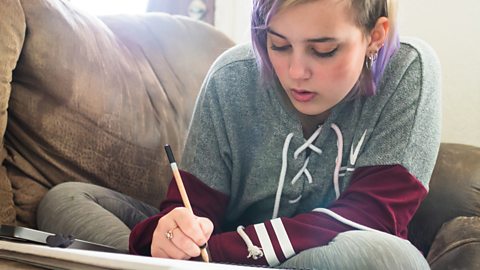
Rob Biddulph's five tips to help you confidently draw with your kids
Rob Biddulph, author and official illustrator for World Book Day, has some great tips and tricks to share to help you draw with your kids.
